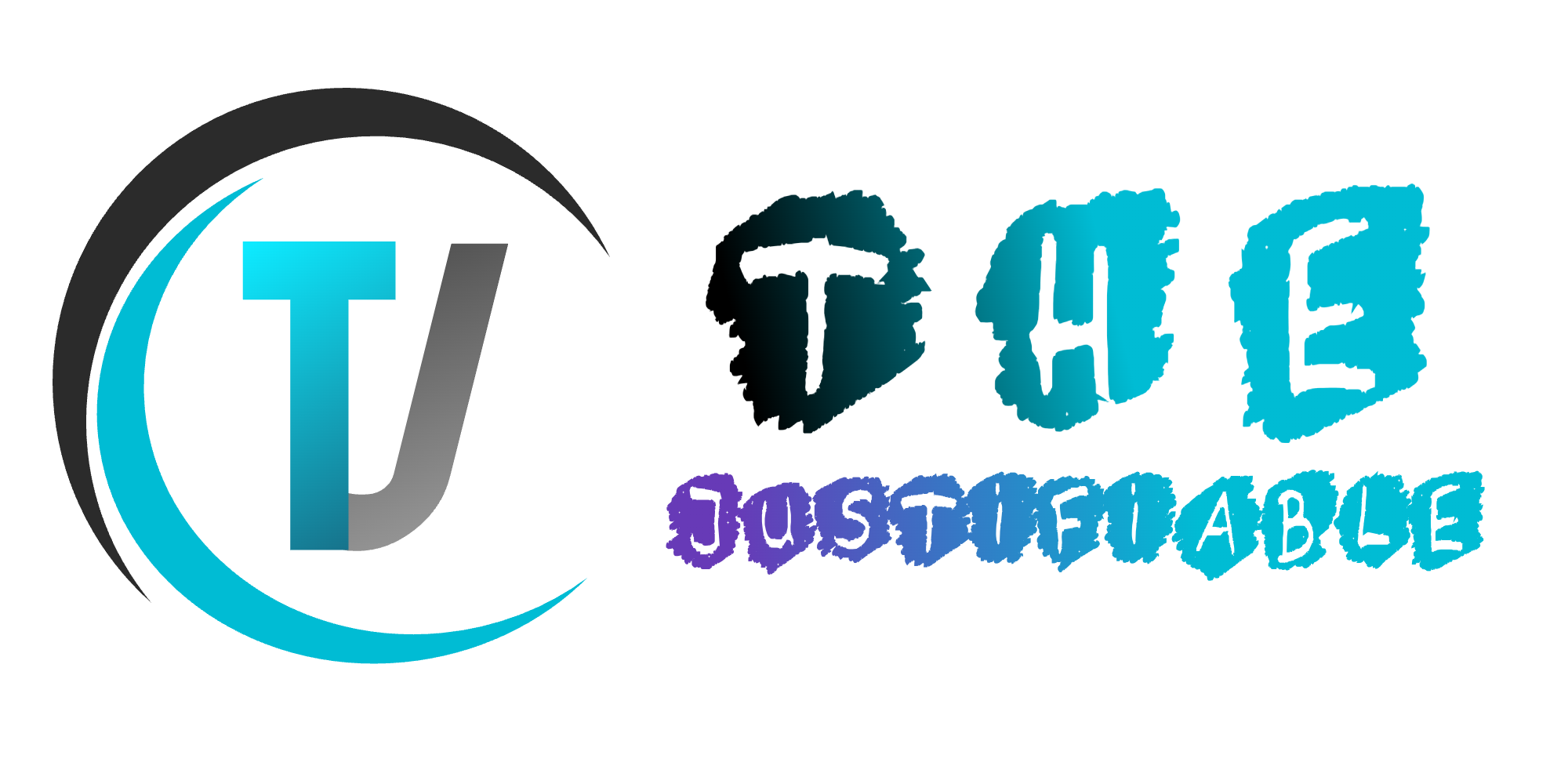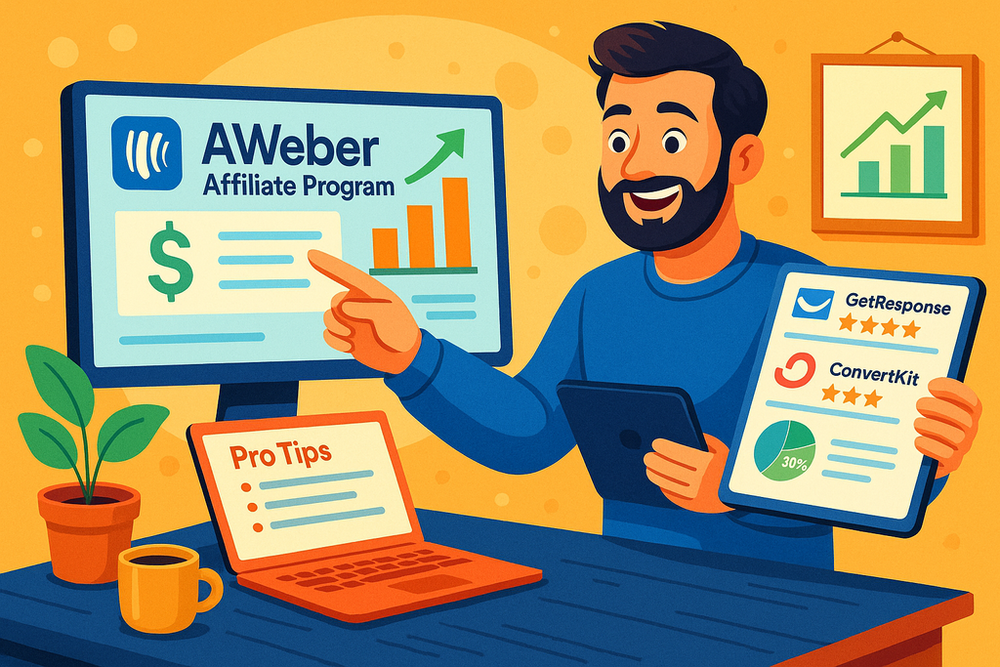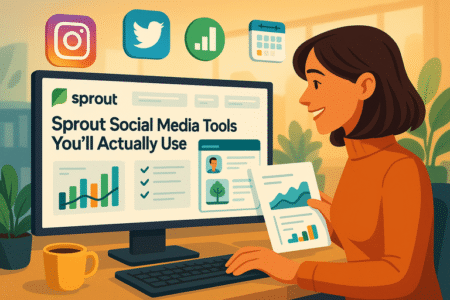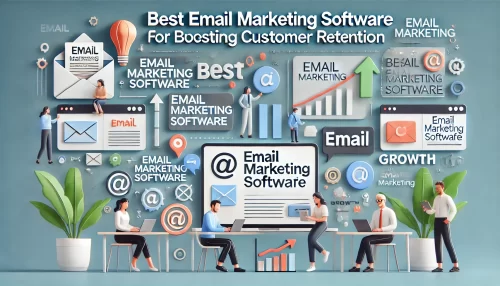Table of Contents
The Aweber affiliate program is one of those opportunities that gets people asking: how much can I really earn, how fast can I get paid, and what’s the smartest way to make it work?
If you’ve ever wondered whether recurring commissions can build into long-term income, or how to avoid common mistakes that slow down profits, you’re in the right place.
This guide breaks down exactly how the program pays, what strategies actually move the needle, and how you can turn a single referral into ongoing revenue.
Instead of guesswork, you’ll see how the numbers play out, the traffic approaches that convert, and the best ways to scale your earnings into something more than just pocket change.
Understanding How The Aweber Affiliate Program Pays
Before you dive into promotion, you need a clear picture of how the Aweber affiliate program actually pays. Think of this as your roadmap — once you know the structure, it’s easier to predict income and set realistic goals.
Commission Structure And Recurring Earnings Explained
Aweber runs on a revenue-share model, which means you earn a percentage of whatever the customer pays each month. Unlike flat-fee affiliate programs where you get a one-time payment, Aweber keeps paying you as long as your referral stays a customer.
I believe this is what makes the program stand out. If you bring in just 10 people who stay subscribed at $30/month, you’re not just earning once — you’re getting a slice of their payments month after month. Over time, this compounds into reliable recurring income, something most affiliates chase but rarely find.
Think about it like this: instead of selling one product and moving on, you’re planting seeds. Each referral becomes a little income tree that grows as long as it’s nurtured.
How The 30% Lifetime Commission Works In Real Numbers
The key figure here is the 30% commission. It’s not capped, and it applies to every payment your referral makes, for life.
Let’s break it into a simple example:
- A new customer signs up for Aweber’s Lite plan at $20/month. Your cut: $6/month.
- If they upgrade to the Plus plan at $39/month, your share jumps to $11.70/month.
- Add just 20 customers paying $39/month and you’re earning $234 every month without lifting a finger after the initial sign-up.
Over a year, that’s nearly $3,000 from those 20 customers alone. And if they stick with Aweber for three or more years, you’ve essentially built a mini subscription income stream. That’s why experienced affiliates call recurring models “quiet gold.”
Payment Frequency, Methods, And Thresholds You Should Know
Aweber pays its affiliates monthly. Payments usually land around the beginning of the month for the previous month’s earnings.
Here are a few practical details you should keep in mind:
- Minimum threshold: You need to hit $30 before a payout is triggered.
- Payment method: The standard option is PayPal, which makes it easy for international affiliates.
- Processing delay: There’s typically a 30-day hold on commissions. This is common practice to account for refunds or chargebacks.
In my experience, once you’ve got a few recurring commissions rolling in, you stop worrying about hitting the threshold. Instead, you start focusing on stacking those referrals, because every month compounds into something bigger.
Proven Ways To Maximize Earnings With Aweber Affiliate Program
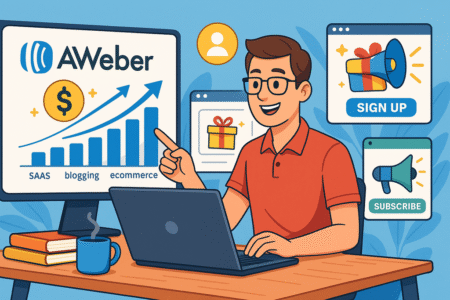
Knowing how the Aweber affiliate program pays is only half the battle. The other half is figuring out how to make those numbers grow fast.
Choosing High-Converting Niches For Aweber Promotions
Not every niche is hungry for email marketing tools, but the right ones can make your job a lot easier. From what I’ve seen, Aweber does best in niches where business owners are actively trying to grow an audience and sell online.
Great niches to consider:
- Coaches and consultants: They rely on email to book calls and sell programs.
- Ecommerce and dropshipping stores: Email drives repeat sales and abandoned cart recovery.
- Bloggers and content creators: They need email lists to keep readers engaged and monetize.
Instead of promoting Aweber to everyone, pick a lane. If you’re already in one of these niches, it’s even easier because you can weave Aweber into the conversations you’re already having.
Crafting Content That Attracts Subscribers Ready To Buy
Throwing up a banner ad won’t cut it. What works is content that answers real questions people have before choosing an email service.
A few examples I recommend:
- Tutorials: “How to set up your first autoresponder in Aweber”
- Comparisons: “Aweber vs Mailchimp: Which email tool fits a small business budget?”
- Walkthroughs: Step-by-step guides with screenshots of Aweber’s dashboard
When you create content that removes doubt and shows exactly how to use the tool, you’re positioning yourself as both helpful and trustworthy. That trust is what gets clicks on your affiliate link.
Here’s a simple tip I use: Take screenshots of your own Aweber dashboard. For example, show how to go to “Subscribers > Add Subscribers” or “Campaigns > Create a Campaign.” When people see you actually using the tool, conversions go up because it feels authentic.
Using Bonuses And Incentives To Boost Affiliate Sign-Ups
One of the fastest ways to stand out in affiliate marketing is to offer something extra. Since Aweber is widely promoted, you can increase sign-ups by adding your own bonuses.
Some ideas that work:
- Free templates: Give away email templates you’ve designed that plug directly into Aweber.
- Mini training: Record a short video showing “how to set up a 5-day email funnel” in Aweber.
- Checklists: Simple PDF checklists like “10 steps to launch your first Aweber campaign.”
I suggest keeping bonuses tightly connected to Aweber’s use. The goal isn’t just to sweeten the deal — it’s to help your referrals succeed with the tool. When they succeed, they stay subscribed longer, which means you keep earning those lifetime commissions.
Effective Traffic Strategies To Drive Aweber Conversions
If you know how the Aweber affiliate program pays, the next step is figuring out how to drive consistent, high-quality traffic that actually converts.
The trick isn’t just “more traffic” — it’s sending the right people to your affiliate link at the right stage of their decision process.
Leveraging Email Marketing To Sell An Email Tool
Selling an email tool through email itself might sound like marketing inception, but it works because you’re meeting people where they’re already engaged. I’ve found that subscribers are far more open to trying Aweber when they’ve already trusted me enough to give me their email address.
Here’s how you can structure it:
- Lead magnet: Offer something small but valuable — a checklist, a free mini-course, or even a swipe file of subject lines.
- Nurture sequence: Build a short 5-day series that educates people about building a list. For example, Day 2 could walk them through “Why an email list beats social media followers,” and then naturally show Aweber as the tool you recommend.
- Call-to-action: Instead of a hard sell, use gentle nudges like “If you want to try what I use, here’s my Aweber link.”
Inside Aweber’s dashboard, you can model this for yourself. Go to “Campaigns > Create a Campaign” and build an educational funnel. By showing subscribers exactly how they can copy what you’re doing, you make Aweber feel like a logical step rather than a sales pitch.
Creating Evergreen Blog Content That Ranks And Converts
Blog content is one of the most underrated ways to generate long-term affiliate commissions. Unlike social media posts that vanish in a day, a single evergreen blog post can keep sending you sign-ups for years.
The key is choosing topics people are actively searching for when they’re close to making a buying decision. Some post ideas that work:
- “Best email marketing tools for small businesses”
- “Aweber vs Kit: Which one is better for beginners?”
- “Step-by-step: How to send your first email campaign with Aweber”
I suggest going beyond generic comparisons. Use screenshots. Show where to click “Subscribers > Add Subscribers” or “Messages > Create a Message.” Readers appreciate when you remove the friction of figuring it out themselves.
From what I’ve seen, content with real screenshots and examples converts 2–3x better than content that just describes features. The blog becomes not just informative, but trustworthy.
Driving Warm Traffic Through Paid Ads And Retargeting
Organic traffic is powerful, but if you want speed, paid ads are a strong shortcut. The problem is cold audiences are expensive, so retargeting is where the magic happens.
Here’s a play I’ve tested:
- Run a simple Facebook ad offering a free lead magnet, like “10 Email Templates You Can Steal.”
- Once people grab it, add them to a retargeting list.
- Then run ads that showcase Aweber as the tool you used to send those exact templates.
Because they already engaged with your lead magnet, they’re “warm.” This makes conversion costs lower and sign-ups more predictable.
The same approach works with Google Ads: Target comparison keywords like “Aweber vs Mailchimp” and run retargeting ads for those who click but don’t sign up.
Paid ads aren’t about blasting a giant audience — they’re about nurturing the people already halfway down the decision funnel.
Smart Tools That Increase Your Affiliate Payouts
Traffic is step one, but if your pages don’t convert or you can’t track performance, you’ll leak commissions. The right tools make your efforts sharper, faster, and easier to scale.
Using Landing Page Builders To Pre-Sell Aweber Effectively
Sending raw traffic directly to Aweber’s homepage rarely works. People need context and reassurance first. That’s why I recommend creating pre-sell landing pages.
A landing page lets you frame Aweber in your own voice. For instance:
- Explain the exact problem (“Growing a list without automation burns you out”).
- Show how Aweber solves it (“Here’s how you can set up your first autoresponder in 10 minutes”).
- End with a clear affiliate call-to-action (“Click here to try Aweber free”).
https://thejustifiable.com/elementorYou can do this with tools like Thrive Architect or Elementor if you’re on WordPress. But Aweber also has its own drag-and-drop landing page builder built in. From the dashboard, go to “Landing Pages > Create a Landing Page.” Add your headline, a simple benefit list, and link your affiliate button.
A custom landing page doesn’t just boost conversions — it also lets you collect emails, so even if someone doesn’t buy Aweber immediately, you can follow up later.
Tracking Performance With Affiliate Analytics Tools
If you can’t measure it, you can’t improve it. Aweber provides basic reporting in the affiliate dashboard (click “Reports > Commissions” to see performance), but you’ll want more precision as you scale.
Some affiliate tracking tools I like:
- ClickMagick: Great for tracking which traffic sources bring actual sales.
- Voluum: More advanced, with split-testing features to optimize campaigns.
- Google Analytics + UTM tags: Simple but powerful for tracking which blog posts or ads drive sign-ups.
Here’s a quick example: add a UTM code like ?utm_source=blog&utm_campaign=aweber_affiliate to your link. Then check Google Analytics under “Acquisition > Campaigns” to see which blog posts are driving conversions. That way, you double down on what’s working instead of guessing.
Automating Follow-Ups To Capture More Conversions
Even warm leads hesitate, which is why follow-ups close the gap. Aweber itself makes this easy since you can build automated campaigns that nurture people toward a purchase.
For example:
- Day 1: Deliver a freebie like “5 Email Subject Lines That Always Get Clicks.”
- Day 3: Share a tutorial: “Here’s how I set this up inside Aweber.”
- Day 5: Add a case study or testimonial that highlights success with Aweber.
- Day 7: Send a soft close — “Want to try the tool I’ve been using? Here’s my link.”
This automation means you’re not chasing people manually. It works while you sleep, and it increases conversions without extra effort.
I’ve noticed that just adding a simple 3–5 email sequence can double affiliate conversions, because people often need more than one touch before committing.
Mistakes That Reduce Profits In The Aweber Affiliate Program
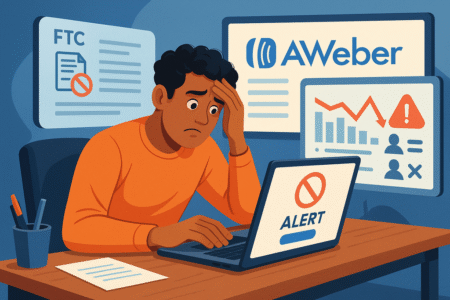
Even with the best intentions, it’s easy to leave money on the table. Some mistakes won’t just lower your commissions — they can get you flagged or even lose referrals. Here’s what to avoid if you want to keep your Aweber affiliate program earnings growing.
Ignoring Compliance Rules And FTC Disclosure Requirements
This one’s boring but critical. If you’re promoting Aweber without telling people it’s an affiliate link, you’re breaking the rules. The FTC (Federal Trade Commission) requires you to disclose affiliate relationships clearly and upfront.
The fix is simple: add a short, honest disclosure like, “This post contains affiliate links. If you sign up through my link, I may earn a commission at no extra cost to you.”
I’ve seen affiliates try to bury this in footnotes or hide it in fine print. Don’t do that. Aweber is strict about compliance, and if they catch you skipping disclosures, your account can get shut down. It’s better to be transparent — it builds trust anyway.
Promoting Aweber To The Wrong Audience Or Without Context
Not every audience is ready for an email marketing tool, and blasting your link without context is a waste of time. I’ve made this mistake myself early on — dropping links in Facebook groups or generic blog posts, hoping someone would bite. Spoiler: they didn’t.
The people who sign up for Aweber are usually:
- Entrepreneurs looking to grow a list.
- Bloggers and content creators needing engagement.
- Ecommerce stores chasing repeat sales.
If you’re pitching Aweber to casual readers who aren’t building anything, you’ll just frustrate yourself. Instead, frame it within the problems your audience already has.
For example: “If you’re tired of losing contact with Instagram followers, Aweber gives you control over your list.” Context turns a random link into a solution.
Overlooking Retention And Long-Term Subscriber Value
Here’s a mistake that even seasoned affiliates overlook: focusing only on sign-ups. Remember, Aweber pays you recurring 30% lifetime commissions. That means your real money isn’t in the sign-up, it’s in how long that customer stays.
If someone signs up for Aweber and quits after one month, you make one small commission. But if they stay for two years, that one referral can easily be worth hundreds.
This is where I recommend helping your referrals succeed. For example, create a simple onboarding video that walks them through “Campaigns > Create a Campaign” or “Subscribers > Add Subscribers.” Give them a quick win so they stick around longer. The longer they stay, the bigger your recurring payouts.
Pro Tips For Scaling Aweber Affiliate Program Profits Fast
Once you’ve avoided the common mistakes, scaling becomes the fun part. Instead of chasing one-off sales, you’re building systems that grow your Aweber affiliate program income on autopilot.
Building Multiple Traffic Streams For Consistent Sales
Relying on a single traffic source is risky. I’ve had a blog post rank in Google, send steady sign-ups, and then disappear overnight after an algorithm update. Painful lesson.
The solution? Diversify:
- SEO: Long-term organic traffic from evergreen blog posts.
- Email list: Your own subscribers become a reliable, warm audience.
- Social media: Platforms like YouTube or TikTok where tutorials spread fast.
- Paid ads: Controlled campaigns that can be scaled when you’re profitable.
By spreading traffic sources, you protect yourself from sudden drops and build more stability. Think of it like investing: don’t put all your eggs in one basket.
Growing Authority In The Email Marketing Space For Trust
People buy from those they trust. If you want to scale Aweber commissions, becoming an authority in email marketing pays off. That doesn’t mean you need to be the top expert in the world — it just means showing up consistently with value.
Some ways to grow authority:
- Share your own email results (even small wins, like “I got 45% open rate using this subject line in Aweber”).
- Post tutorials on YouTube where you screen-record inside Aweber’s dashboard.
- Answer questions in forums or groups where beginners struggle with email marketing.
The more you show real experience, the more people naturally see you as the “go-to” person for email tools. And when they’re ready to choose, your Aweber link is the obvious choice.
Turning Aweber Promotions Into Evergreen Passive Income
Scaling is about moving from “active effort” to “set and forget” systems. This is where evergreen content and automation come in.
Here’s a framework I suggest:
- Write an evergreen blog post like “How to Start Email Marketing With Aweber.”
- Add a lead magnet (checklist, template, or short course).
- Build an automated email sequence inside Aweber that nurtures those leads and points them to your affiliate link.
Once that funnel is built, it keeps working without you. I’ve had posts like these that continue to generate affiliate sign-ups years after publishing. It’s not truly “hands-off” — you’ll want to update content now and then — but it’s as close to passive income as affiliate marketing gets.
The beauty of Aweber’s recurring commissions is that one funnel doesn’t just earn once, it compounds. Over time, those “small seeds” of referrals grow into a monthly income stream that keeps paying you while you focus on scaling further.

